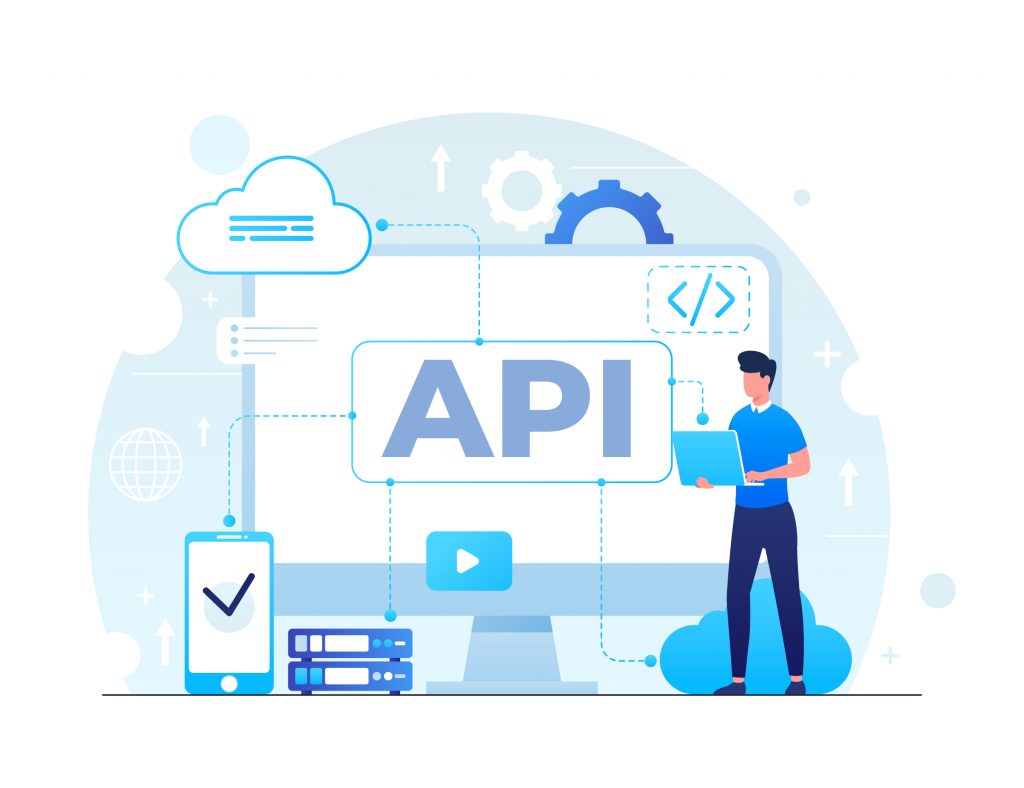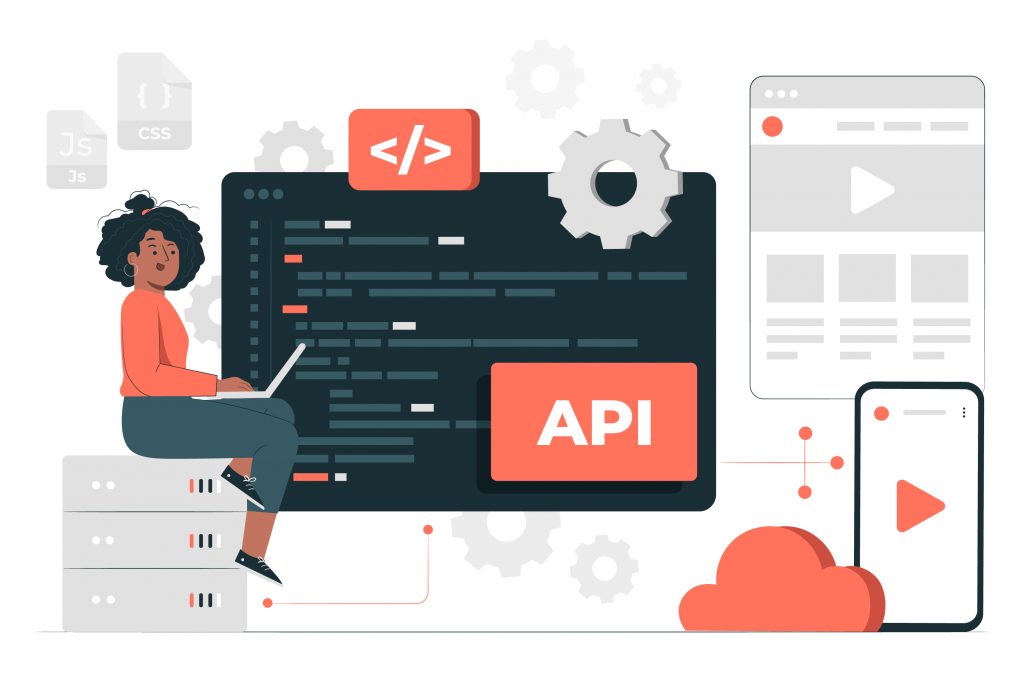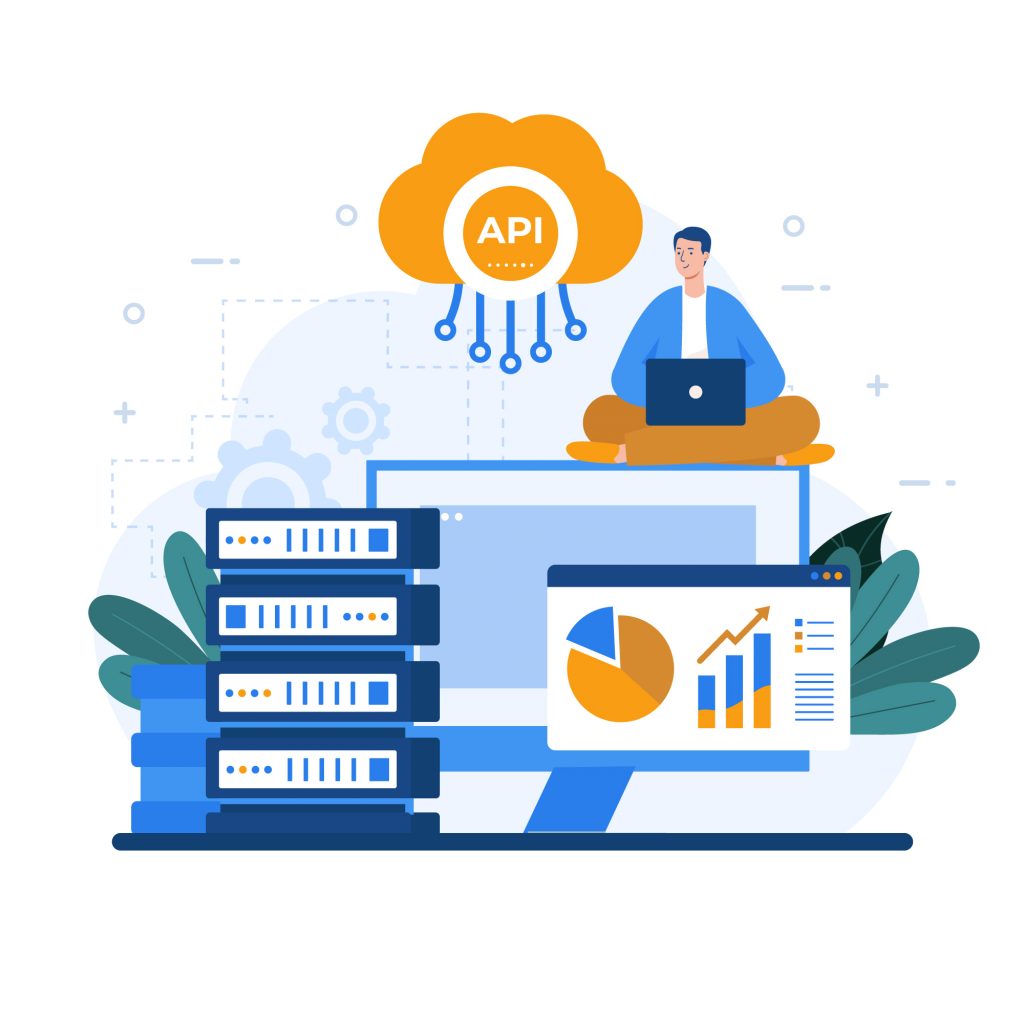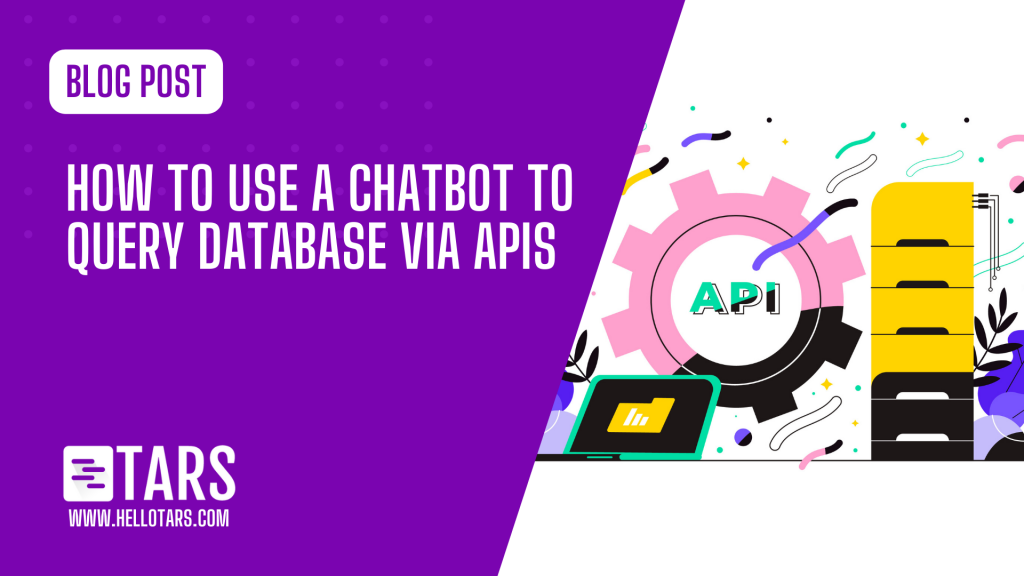In today’s fast-paced world, businesses are constantly seeking innovative ways to provide efficient and instant access to information. Chatbots have emerged as a powerful tool for streamlining processes and improving customer experiences.
One common problem faced by companies while providing customer support is having to manually navigate databases for specific information. However, by using a chatbot to query database and retrieve information, this process can be completely automated.
In this blog post, we will explore how to use a chatbot to query any database using APIs and unlock the potential of this technology.
Understanding Chatbots and APIs

Chatbots are automated conversational agents designed to simulate human-like interactions. They can understand natural language and provide responses or actions accordingly. APIs act as intermediaries between different software applications, allowing them to communicate and share data.
By leveraging APIs, chatbots can connect with databases and retrieve relevant information in real-time. This integration opens up a world of possibilities for businesses, enabling them to offer personalized and prompt assistance to their users.
Setting up the Infrastructure

Before you start building a chatbot that can retrieve information from databases, there are a few important steps to follow to ensure everything works smoothly. Here’s how you can get started:
Step 1: Choose a chatbot development platform: Select a platform that allows you to build chatbots and has features for connecting with databases through APIs. For example, TARS offers multiple API integration options that can allow you to easily connect your chatbot to your company CRM or database.
Step 2: Identify the target database: Determine which database you want your chatbot to query. Make sure the database has the necessary API access, which allows the chatbot to communicate with it. For instance, you might want to connect your chatbot to a customer database to retrieve customer information.
Step 3: Create API credentials: To establish a secure connection between your chatbot and the database, you’ll need to generate API credentials such as an API key or an access token. These credentials act as a passcode to ensure that only authorized connections are made between the chatbot and the database.
Designing Conversation Flows

To make sure your chatbot interacts effectively with users and seamlessly queries databases, it’s important to design intuitive conversation flows. Here are some helpful tips:
✅Understand user intent: Analyze the common questions or requests users are likely to have. For example, if your chatbot is for a food delivery service, users might ask about menu options or delivery times. Design the chatbot’s conversational user interface (CUI) to align with these needs.
✅Simplify complex queries: If users have complex questions, it’s a good idea to break them down into smaller, easier-to-understand parts. For instance, if a user asks about the weather and the best time to visit a place, the chatbot can handle these as separate queries.
✅Offer guidance: Help users formulate their queries by providing prompts or suggestions. This can make the process more intuitive and guide users towards the information they need. For example, if a user is looking for a specific product, the chatbot can offer options like “What color are you interested in?” or “What size are you looking for?”
Implementing Database Queries with APIs

Once you have the infrastructure in place and have designed the conversation flows, it’s time to implement the actual database queries using APIs. Follow these steps to ensure a successful query process:
Step 1: Construct the API request
Build the API request with the necessary parameters, including the specific query you want to send to the database. For example, if the chatbot is searching for a product, the API request might include details like the product name, category, or price range.
Step 2: Send the API request
Use the appropriate API endpoint to send the query to the database. Think of the API endpoint as a destination where your request is received and processed. It’s like sending a letter to a specific address.
Step 3: Handle the response
After sending the API request, you will receive a response from the database. This response contains the data that matches the query. You need to parse the response and extract the relevant information, like the product details or customer information.
Step 4: Format and present the results
Once you have extracted the relevant information from the API response, it’s important to format and present the results in a user-friendly way within the chatbot interface. This ensures that users can easily understand and interact with the information they receive.
By following these steps, you can set up the necessary infrastructure, design effective conversation flows, and successfully implement database queries using APIs in your chatbot. This enables seamless interaction with databases and empowers users to retrieve the information they need effortlessly.
Let Us Help You Get Started

At TARS we have a team of experts who will take care of the API integrations for you and get you started on your automation journey.
All you need to do is schedule a free demo and our team will walk you through the entire process.
We have provided similar chatbot and automation solutions to over 700 global companies including American Express, Vodafone, Nestle, Bajaj and many more.
Schedule a free demo today to get started.

My name is Vinit Agrawal and I am the Founder and CTO of Tars. I have been working on the Tars Chatbot Builder since 2015 and my core strength is in building software products with simple and functional user experiences focusing on bringing some core business results. My current role in the company is a mix of Product Manager, Engineering Manager and in Business & Marketing Strategy.

0 Comments on "How to Use a Chatbot to Query Database via APIs"